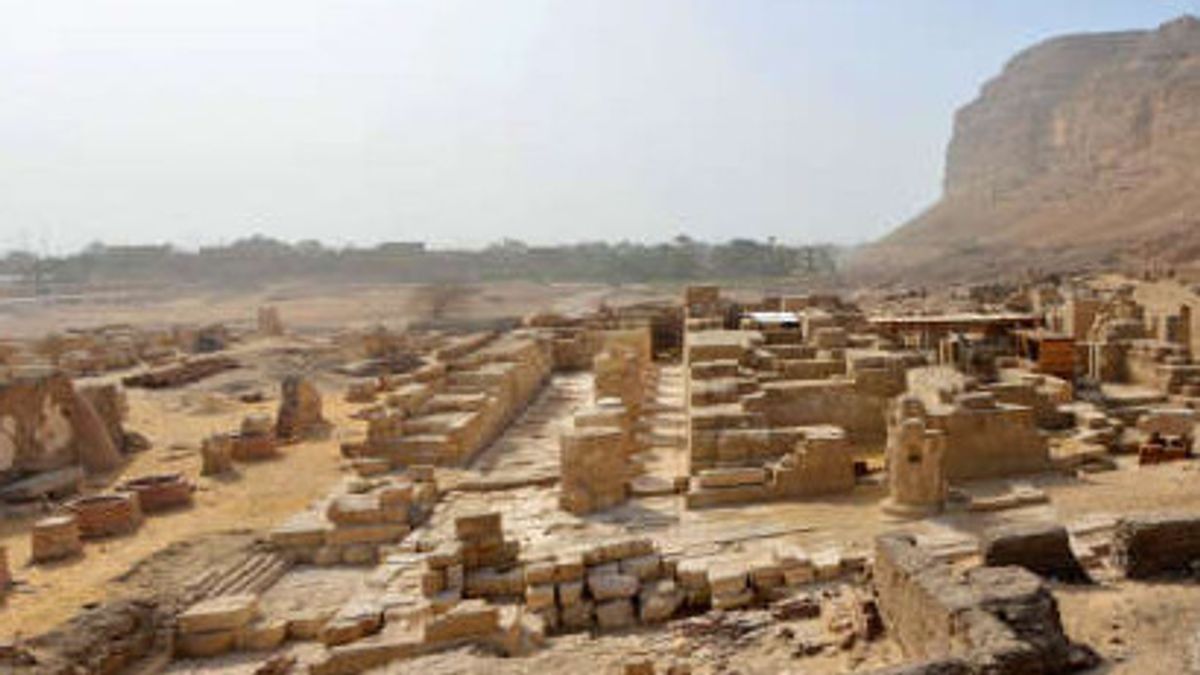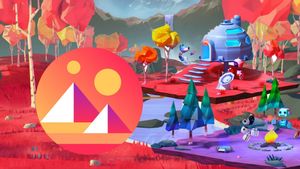JAKARTA - Archaeologists have unearthed thousands of stone-shaped notebooks, which provide a glimpse of what everyday life was like in Egypt 2.000 years ago.
The pottery shards containing the unusual text are known as ostraca. Over the past 19 years, excavations by the Egyptian Ministry of Tourism and Antiquities and the University of Tübingen in Germany at the ancient settlement of Athribis have uncovered more than 18.000 of these ostraca.
The discoveries document many aspects of everyday life, including people's names, receipts for food, mythology, offerings to goddesses, and schoolchildren's homework.
Today knowledge of ancient Egypt comes from important documents found such as these, great mummies, and great monuments of pharaohs.
However, the records found in Athribis are very interesting because they explain the everyday life of ordinary people, from the very insightful to the beautiful worldly.

The notes are written in a variety of different languages including Greek, Hieratic, and hieroglyphics, plus some rare examples in Coptic and Arabic script.
Up to 80 percent of the records are written in Demotic, the general administrative script of the Ptolemaic and Roman periods, which evolved from Hieratic around 600 BC.
Cited from IFL Science, Tuesday, February 8, in addition to daily notes, there are also figurative illustrations of animals and humans, some of which appear to be drawn by children. Based on research, archaeologists believe many ostraca were used by children in ancient schools.
In fact, they also found some texts were only written with the same one or two characters over and over again, as if a student was practicing their calligraphy skills, or perhaps writing as a punishment.
"There are lists of the Moon, numbers, arithmetic problems, grammar exercises, and the bird alphabet. Each letter is given the name of a bird whose name starts with that letter," said Christian Leitz, German Egyptologist who leads the Athribis Project.
VOIR éGALEMENT:
"These fragments show a variety of figurative representations, including animals such as scorpions and swallows, humans, gods from nearby temples, even geometric figures," he added.
The Athribis project started in the early 2000s to uncover and publish a large temple built by Ptolemy XII, the father of the famous Cleopatra VII.
As the researchers note, the number of texts found in Athribis is practically unheard of. The discovery of such a large number has only been made once before in Egypt in the working village of Deir el-Medineh near the Valley of the Kings in Luxor.
Studying these texts, written on ostraca or papyrus, has helped reveal a great deal of knowledge about ancient Egyptian life. Perhaps with further research, recent findings from ancient Athribis may reveal even more.
The English, Chinese, Japanese, Arabic, and French versions are automatically generated by the AI. So there may still be inaccuracies in translating, please always see Indonesian as our main language. (system supported by DigitalSiber.id)


















